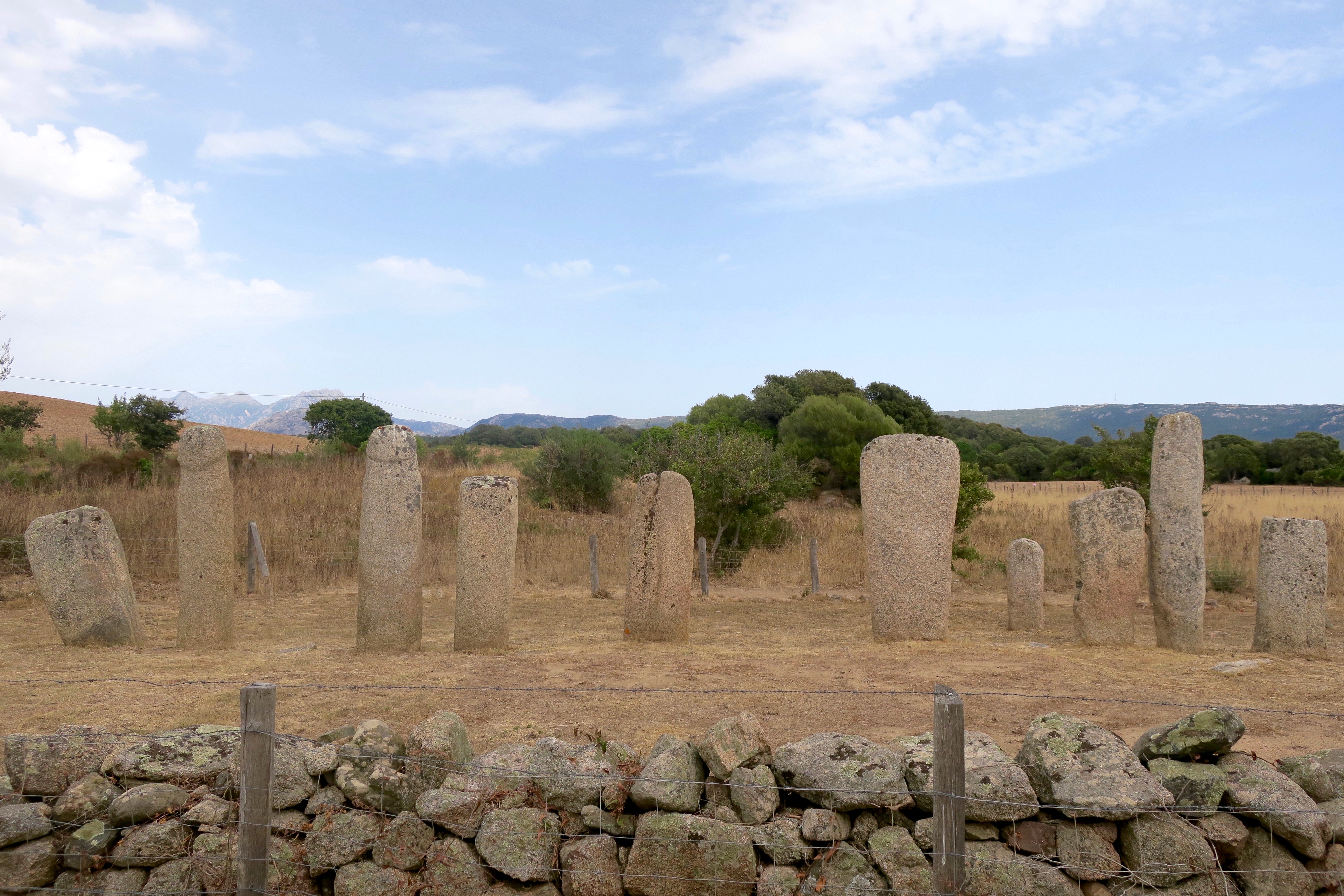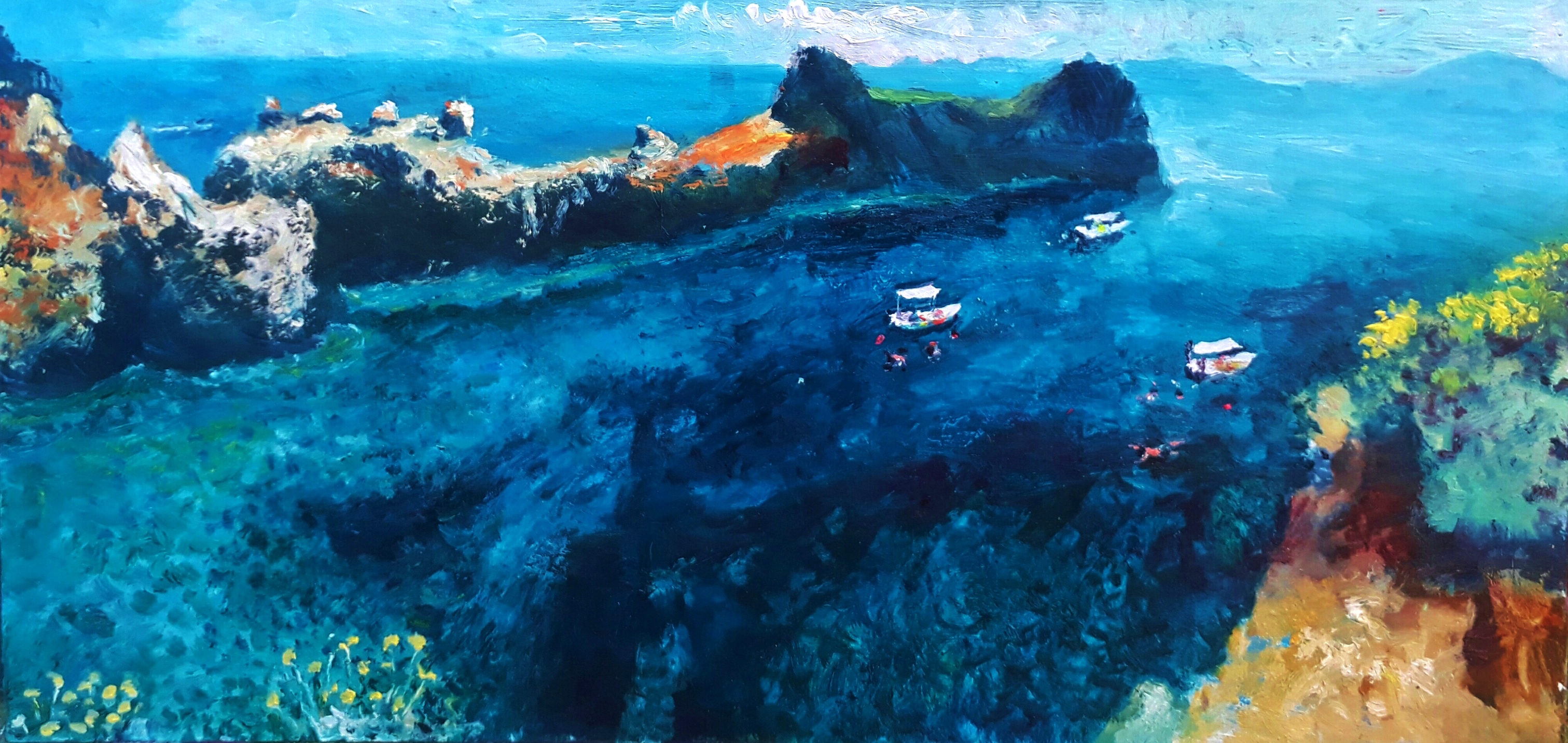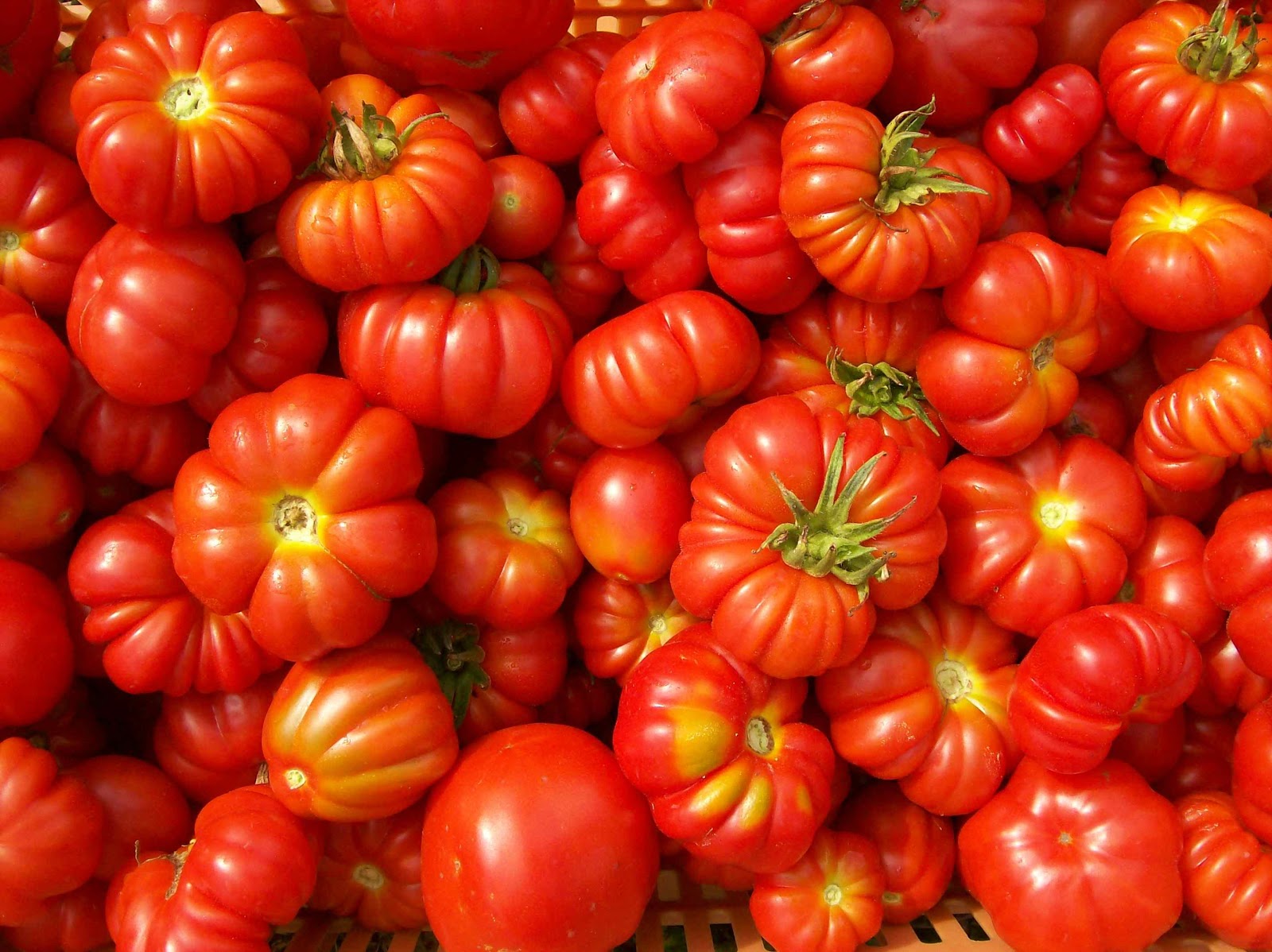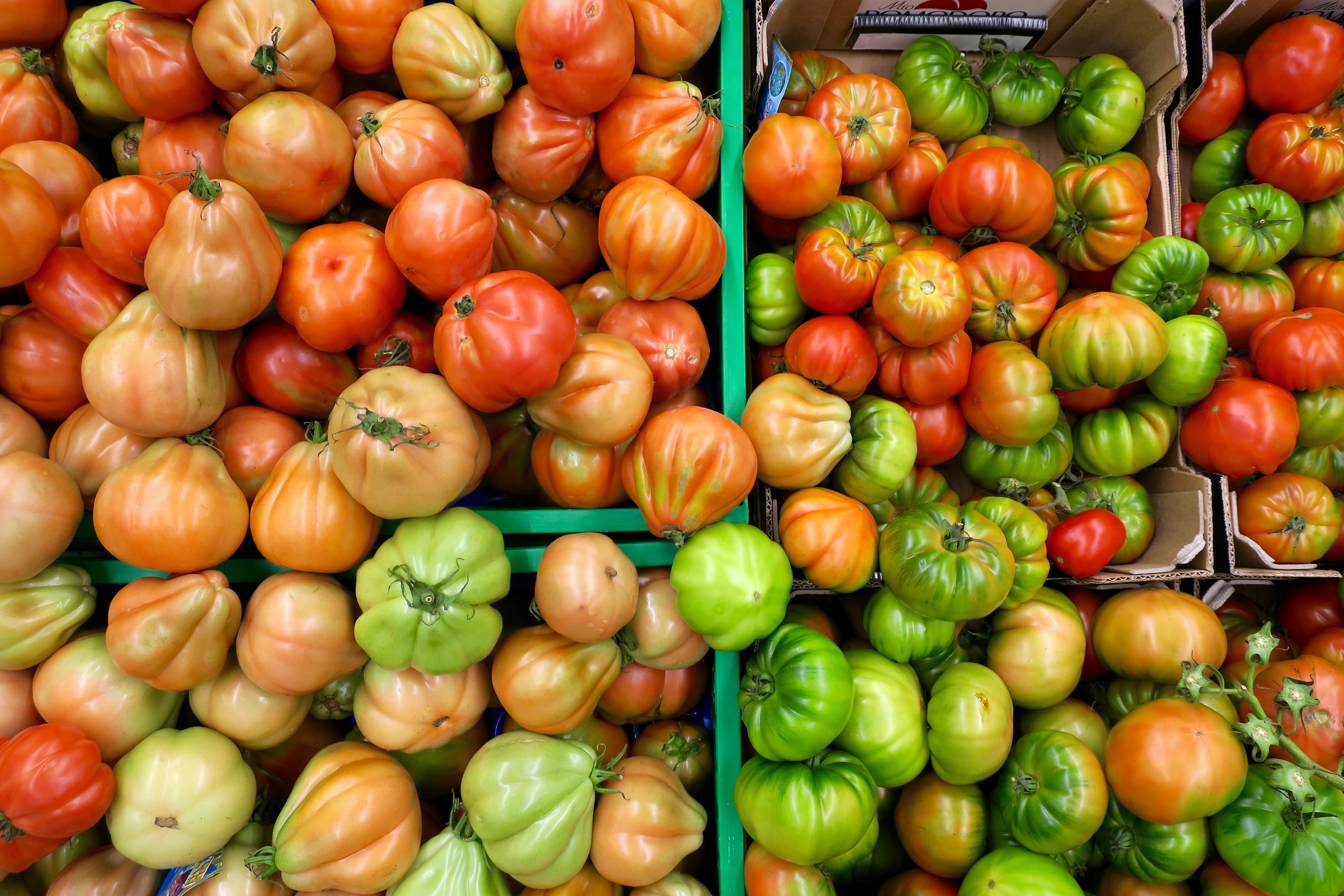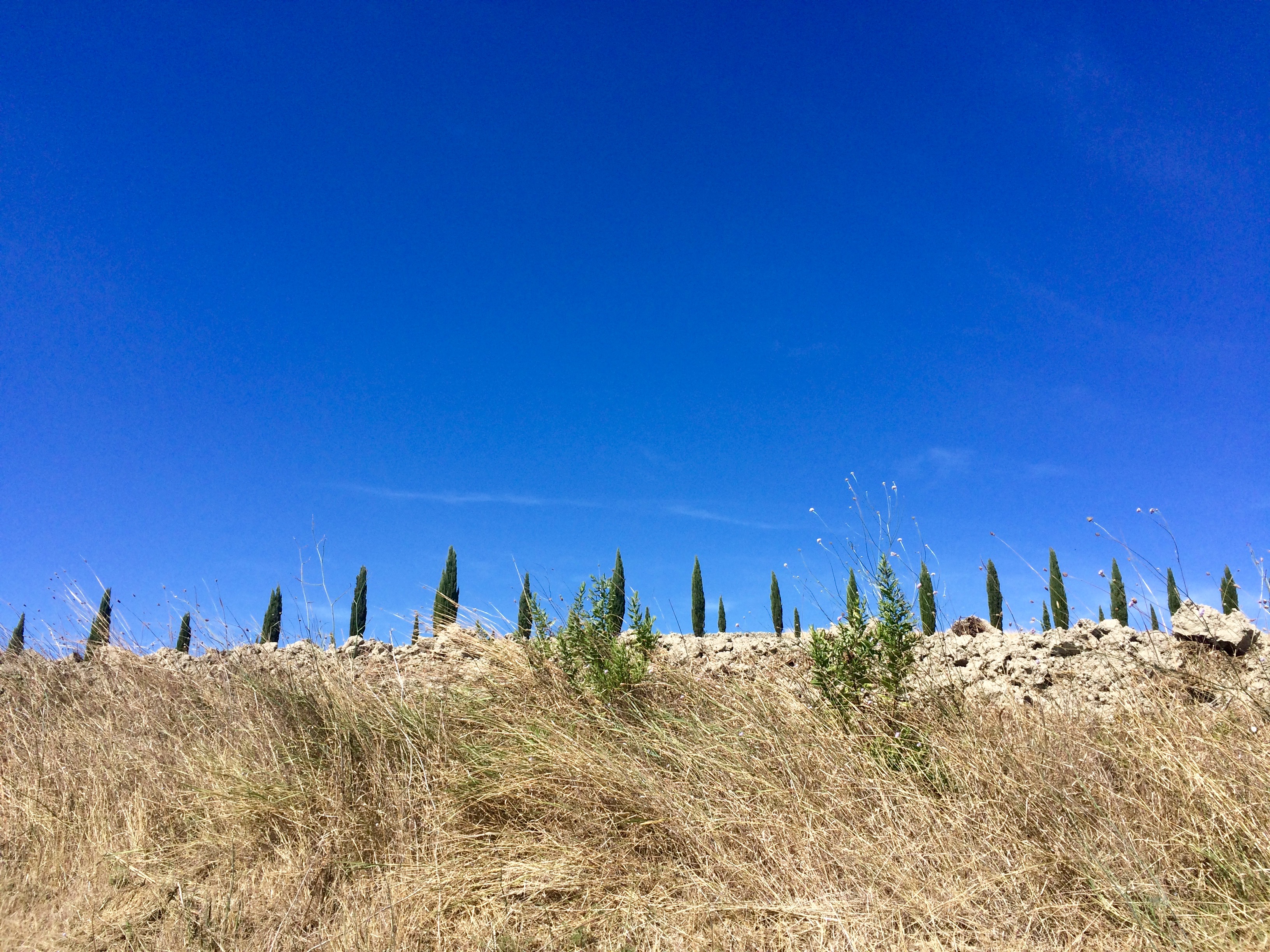Every morning at breakfast, we watched from our terrace on top of the hill, as planes took off from
the parachute school down below and climbed up into the sky to expel their students high above the breaking waves of Laurosu Beach. So one morning, after breakfast, we came down for a closer look. Continue reading “On The Beach”



